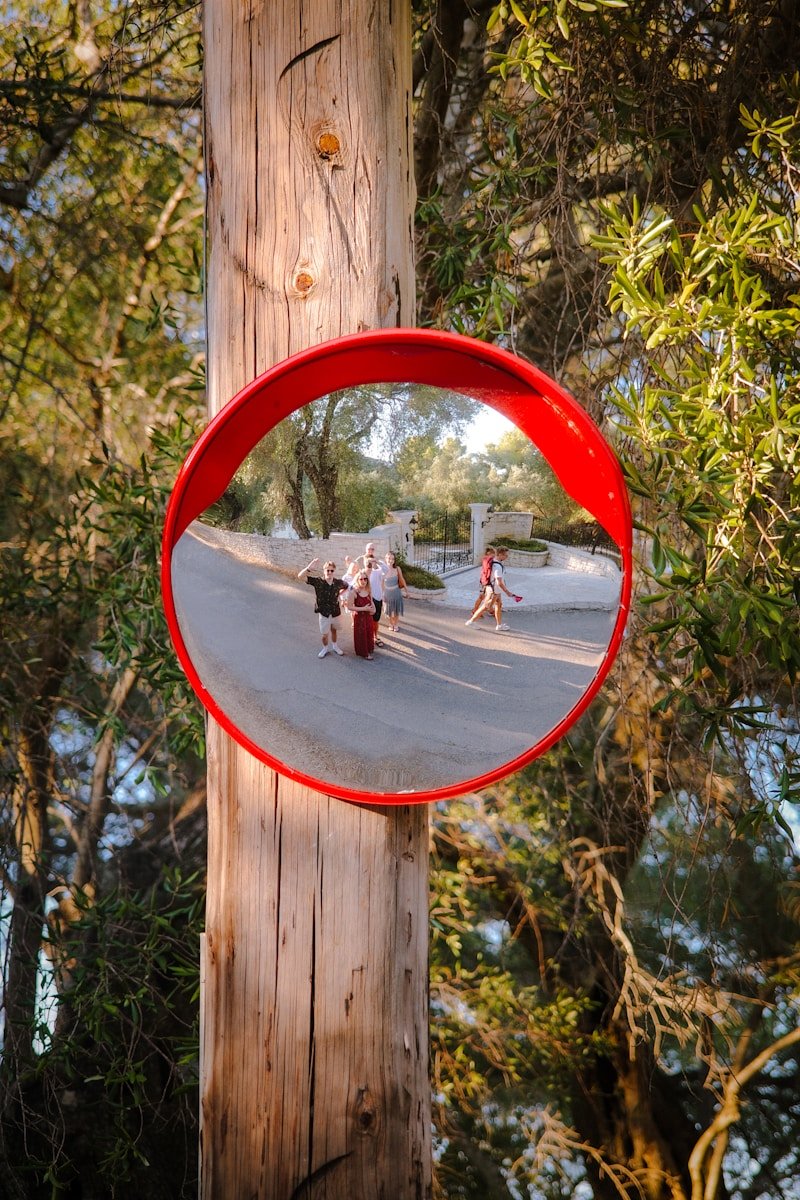Every few generations, history feels as if it circles back. The energy of an earlier era reemerges, shaping the present in new ways. Today, that era is the 1960s. Once remembered for civil rights marches, anti-war protests, psychedelic music, and a radical reshaping of identity, the 1960s are back in conversation. Not only in textbooks, but also in documentaries, street fashion, vinyl records, and protest art.
What makes this return so striking is not just nostalgia. It is relevance. Social platforms today are full of side-by-side comparisons: civil rights activists marching in the 1960s alongside Black Lives Matter protesters, anti-war chants echoed in rallies against modern conflicts, and psychedelic posters influencing digital protest art. The past feels present, and in many ways, it is guiding us.
To revisit the 1960s is not to simply admire a cultural moment. It is to recognize the echoes, lessons, and inspirations that continue to shape how we live, fight, and imagine a better world.
Youth Culture as a Driving Force
The 1960s were defined by the young. For the first time, a generation not only consumed culture but also created it. From the Beatles and Bob Dylan to underground zines and experimental theater, young people turned music, style, and art into tools of self-expression and resistance. They questioned authority, rejected conformity, and dared to create a new kind of identity.
That same spirit pulses in today’s youth culture. TikTok dances, viral songs, indie podcasts, and meme-driven art echo the creative rebellion of the 1960s. Just as long hair, bell bottoms, and tie-dye once marked a generation’s refusal to fit into older molds, today’s gender-fluid fashion, thrift-store chic, and retro revivals signal a similar break from convention.
Technology has changed the stage. Instead of vinyl singles passed hand-to-hand, ideas spread in seconds across continents. But the drive remains the same: young people reshaping culture not only for themselves, but for everyone.
The 1960s also marked a new global youth identity. Students in Paris, Chicago, Mexico City, and Tokyo raised their voices for different causes, yet felt linked by a shared desire for justice. Today’s youth feel the same, connected across borders through hashtags and livestreams, aware that their struggles—from climate justice to democracy—are part of a larger whole.
Civil Rights and the Fight for Justice
If the 1960s had a heartbeat, it was the civil rights movement. Led by ordinary people with extraordinary courage, it dismantled segregation, challenged systemic racism, and demanded equality under the law. The marches, sit-ins, and speeches of that era remain iconic.
Today, those same images appear side by side with photos of modern movements. The raised fists, the protest songs, the handmade signs—they connect past and present in powerful ways. Activists today draw strength from the victories and sacrifices of the 1960s, knowing the fight is not over.
Civil rights in the 1960s also broadened into other movements: women demanding workplace equality, Indigenous communities fighting for sovereignty, and LGBTQ+ groups pushing for recognition. Each struggle built on the momentum of the era, showing that justice is never singular—it is interconnected.
Modern movements reflect this interconnectedness too. Climate justice links with racial justice. Gender equality ties into economic rights. Activists no longer see struggles as separate lanes, but as part of a web of systemic change. This mirrors the expansive spirit of the 1960s, when civil rights became a springboard for broader revolutions.
Even art and music carry these echoes. Protest songs of the 1960s, from “We Shall Overcome” to Dylan’s ballads, now share playlists with modern anthems that drive marches and sit-ins. The soundtrack changes, but the rhythm of resistance continues.
Global Upheaval as Shared Experience
The 1960s were not only an American story. Across the globe, young people and marginalized voices rose up. France faced mass student protests in 1968. Prague saw the hopeful yet crushed reform of the Prague Spring. Mexico City’s students marched for democracy. The Vietnam War protests spanned continents. It was a decade when upheaval was truly global.
Today, we see the same pattern. Movements in one country spark solidarity in another. Protest art, hashtags, and even fashion trends cross borders instantly. Where the 1960s relied on newspapers and television, we rely on live video and instant sharing. The result is the same: awareness that struggles are not isolated, but part of a broader human story.
Global upheaval also changes how we see identity. In the 1960s, people began to imagine themselves as part of something larger than their nation. The same is true today, as global citizenship becomes a defining feature of youth culture. Issues like climate change or digital privacy cannot be solved by one country alone, and young people know it. Their activism reflects the same urgency that drove marches in the 1960s, but now with tools that carry messages across borders in seconds.
A Decade That Still Shapes Us
Why do the 1960s feel so alive today? Because they offer a mirror. They remind us that cultural revolutions are possible. They show that young voices can change laws, topple norms, and inspire generations. They prove that art and music are not distractions, but catalysts.
The renewed interest in this decade is not just about retro fashion or vinyl records. It is about rediscovering strategies of resistance and creativity. It is about understanding that progress comes not from comfort, but from courage. It is about realizing that what was fought for then—justice, equality, identity, peace—is still unfinished work today.
Lessons from Yesterday, Power for Today
Revisiting the 1960s is not about longing for the past. It is about using its lessons to shape our present and future. Youth culture still drives change. Civil rights still demand defense. Global upheavals still call for solidarity.
The decade remains a guide, reminding us that movements are built by people who dare to act, sing, paint, and march. Its energy is alive in today’s streets, screens, and songs. And as long as those echoes inspire us, the spirit of the 1960s will never fade.




